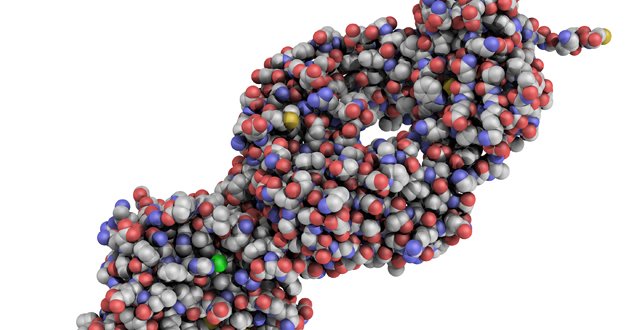
Antibiotic resistance rates are rising for H.Pylori infections
Antibiotic resistance rates are rising for H.pylori infections, which is having an impact on eradication efforts, the Irish Society of Gastroenterology Summer Meeting 2019 heard.
Prof
Deirdre McNamara, Consultant Gastroenterologist, Tallaght University Hospital
(TUH), gave an update on H.pylori in Ireland, a talk described from the
floor as a strong rebuttal to the belief that H.pylori infection was no longer an issue.
“It’s
a dismissed infection, and I think incorrectly so,” she said.
The
Irish H.pylori Working Group had agreed to carry out
a nationwide H.pylori resistance surveillance initiative,
she told the meeting and hoped that more centres would become involved.
H.pylori plays a crucial role in the
pathogenesis of upper GI disease including gastritis, peptic ulcer disease
(PUD) and gastric cancer. Prof McNamara said that it is estimated that around
50 per cent of people around the world still had the infection, but this varied
widely depending on social economic status.
The
pool prevalence in Ireland was 43 per cent, meaning that two million people
still had the infection,
However,
she believed that this was an overestimation, putting the prevalence rate
figure at 20 per cent.
Citing
a 2018 study by Rowland et al, published in Clinical Microbiology and Infection on the burden of
H.pylori in Ireland,
Prof McNamara said that researchers followed up a cohort of children and
families that they had investigated between 1997 to 2002.
This
cohort was retested using carbon 13 urea breath testing to examine who had
developed H.pylori in the intervening years. Summarising
the study, she said younger siblings had developed H.pylori.
Citing
a PhD thesis looking at TUH data of an endoscopy and UBT cohort between
2013-2016, Prof McNamara said it found roughly that a quarter were H.pylori positive. She also discussed the impact of
proton pump inhibitors (PPIs) on testing, saying it majorly affected the
accuracy.
“A
third of patients admitted to being on a PPI when we were scoping them,” she
said. Other more recent research showed that 83 per cent of patients were on a
PPI at the time of the test, which majorly affected its accuracy.
Prof
McNamara said that peptic ulcer disease (PUD) was a routine diagnosis, but
rates were falling and it was now a rare disease, but dyspepsia, an umbrella
symptom for common H.pylori-related disease, was the fourth most
common symptom presenting for diagnosis in primary care.
“Some
40 per cent of the population will at some time have dyspepsia and 20 per cent
are using medications for symptom relief,” she said. This represented a
“significant workload” for general practice.
“If
you take a H.pylori positive population, 1 per cent of
them will develop a peptic ulcer annually, significantly,” she said. This is
10-times the risk of someone who was H.pylori negative.
In
terms of gastric cancer, the seventh most common invasive cancer, there were
approxiamtely 526 new cases diagnosed in Ireland each year.
“If
you look at the national cancer register we are diagnosing the same number of
cancers now as 2005, it’s terribly static,” she said.
Regarding
treatment, she said that probiotics cure infection of H.pylori and that anyone who has dyspepsia should have H.pylori testing.
Prof
McNamara said that 14-day clarithromycin triple therapy efficacy was 77 per
cent, but that treatment without amoxicillin or metronidazole was less
effective.
She
warned that resistance rates were increasing in Ireland with a detrimental
impact on eradication. Between 1991-2007 resistance rates had risen from 4 per
cent to 10 per cent. Prof McNamara added that 36 per cent of H.pylori species were clarithromycin resistant, and that
metronidazole resistance was at almost 60 per cent. She also expressed concern
about the high rate of amoxicillin resistance too.
Monitoring
was essential, she said and doctors should consider quadruple therapy as a
first-line regimen.





Leave a Reply
You must be logged in to post a comment.